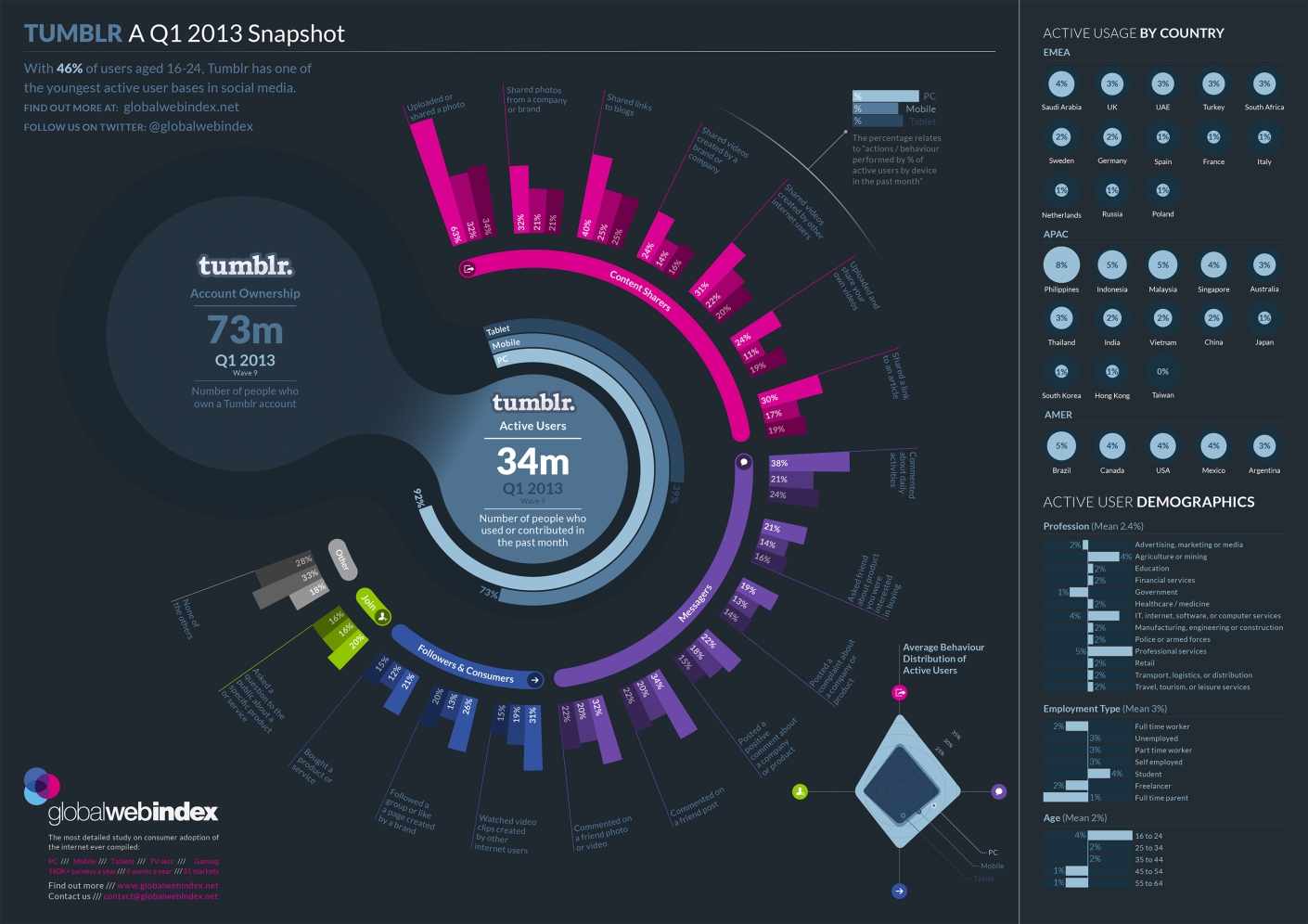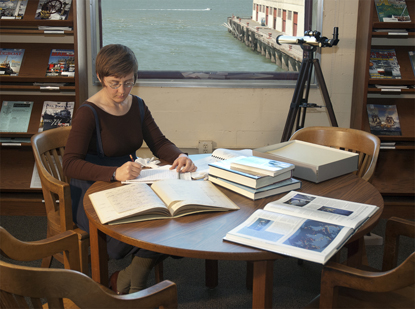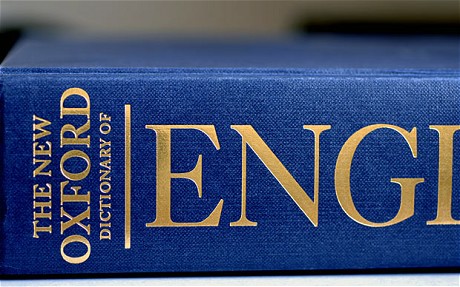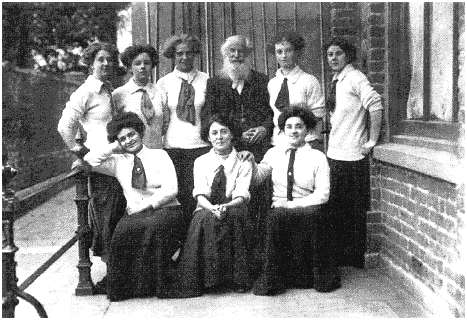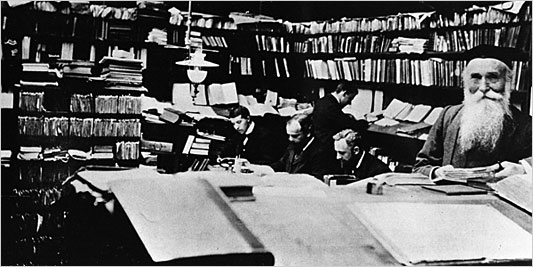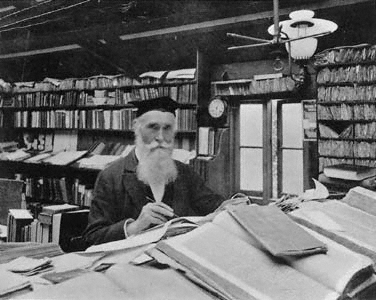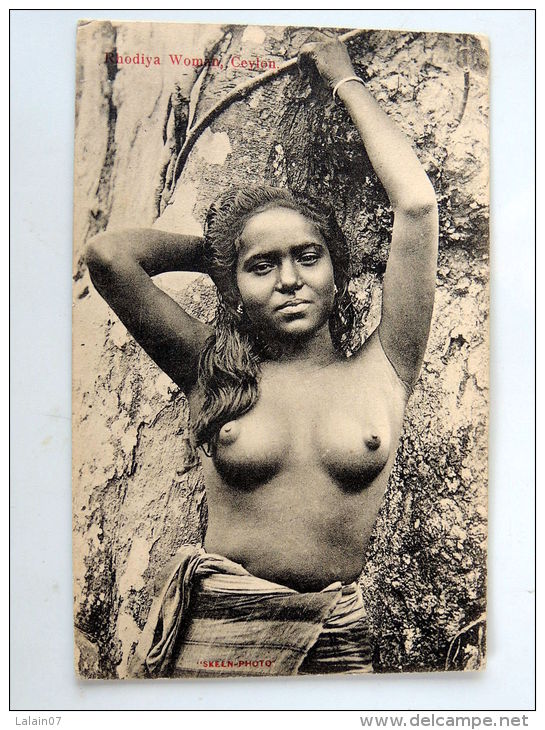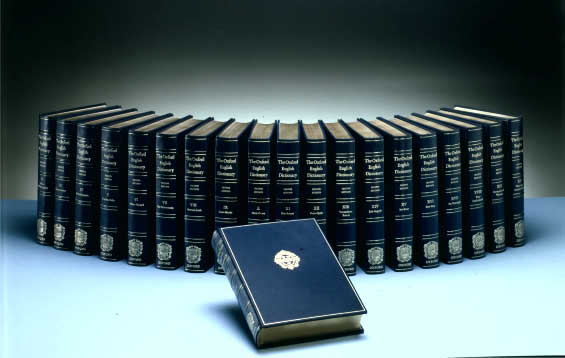Español – inglés
Palabra ó frase Nº 1933
CAER verbo
1 (en general) TO FALL:
cayó por la escalera,she fell down the stairs;
ha caído enfermo, he’s fallen ill.
El segundo suplemento y la segunda edición
En 1933 el trabajo de la Universidad de Oxford en el gran diccionario había cesado; una vez acabado el trabajo, las fichas de citas fueron almacenadas. Pero, por supuesto, el idioma inglés continuó cambiando, y al cabo de 20 años la obsolescencia del diccionario se hizo clamorosamente obvia.
Había tres posibles formas de actualizarlo:
- La más barata sería dejar la versión actual tal como estaba y limitarse a confeccionar un nuevo suplemento, o quizá uno o dos volúmenes; pero entonces quien buscara una palabra o significado no estaría nunca seguro de que la información aún fuera válida, y tendría que mirar en tres sitios diferentes.
- Se podría haber agregado al suplemento existente el nuevo material para formar un suplemento aún mayor.
- La solución óptima para los usuarios del diccionario sería que reeditar y volver a mecanografiar todo el diccionario, incluyendo cada cambio en su adecuada ubicación alfabética; pero, por supuesto, esta solución sería la más cara, siendo probablemente necesarios unos 15 volúmenes.
La OUP eligió la solución intermedia, renovando el suplemento. Se contrató a Robert Burchfield en 1957 como editor, y Onions, con 84 años, aún pudo hacer algunas contribuciones. Se esperaba que el trabajo costara entre siete y diez años. Finalmente, se tardaron 29 años, creciendo el suplemento hasta abarcar 4 volúmenes, empezados por A, H, O y Sea. Se publicaron en 1972, 1976, 1982, y 1986, respectivamente, con lo que el diccionario completo tenía ya 16 volúmenes (17 si contamos el primer suplemento).
Para entonces estaba claro que el soporte más indicado para texto completo del diccionario era el informático. Esto requería mecanografiarlo todo de nuevo en un ordenador, pero facilitaría enormemente la unificación del texto y sus futuras actualizaciones, además de permitir búsquedas automáticas.
Así fue como empezó el proyecto del New Oxford English Dictionary (“Nuevo diccionario de inglés de Oxford”) o NOED. No era bastante volver a mecanografiar todo el texto; además, toda la información representada por la compleja tipografía del diccionario original debía ser retenida, lo que se hizo utilizando el lenguaje de marcado SGML, junto con un motor de búsqueda especializado y un software especial para acceder a él. En 1985 se acordó que parte del desarrollo del software se hiciera en la Universidad de Waterloo (Canadá), en el Centre for the New Oxford English Dictionary (“Centro para el nuevo diccionario de inglés de Oxford”), dirigido por F.W. Tompa y Gaston Gonnet; esta tecnología de búsqueda sería la base para la Open Text Corporation. El hardware, la base de datos y el resto del software, los jefes de desarrollo, y los programadores del proyecto fueron aportados por la filial británica de IBM; el editor a colores para el proyecto, LEXX, fue escrito por Mike Cowlishaw, de IBM.
En 1989, el proyecto del NOED había alcanzado ya sus objetivos fundamentales, y los editores Edmund Weiner y John Simpson, trabajando en línea, habían logrado combinar el texto original, el suplemento de Burchfield, y una pequeña cantidad de material nuevo en un único diccionario unificado. La palabra “nuevo” fue retirada del nombre, publicándose así la segunda edición del OED (el OED2); empezándose entonces a llamar a la primera edición OED1.
El OED2 fue publicado en 20 volúmenes. Por primera vez, no hubo ningún intento de dividirlos por letras completas, siendo hechos en tamaños similares. Los 20 volúmenes empezaban por A, B.B.C., Cham, Creel, Dvandra, Follow, Hat, Interval, Look, Moul, Ow, Poise, Quemadero, Rob, Ser, Soot, Su, Thru, Unemancipated, y Wave.
Aunque el contenido del OED2 es fundamentalmente una simple reorganización del material anterior, fue una oportunidad para hacer cambios de formato que se necesitaban desde hacía mucho. El título de cada entrada ya no estaría en mayúsculas, permitiendo al usuario ver rápidamente las palabras que se escriben con mayúscula. Y como Murray había desarrollado su propia notación para la pronunciación, al no haber un estándar en su tiempo, se aprovechó para adoptar el alfabeto fonético internacional.
Se publicó en 1993 nuevo material en el Oxford English Dictionary Additions Series (“Serie de añadidos al diccionario de inglés de Oxford”), consistente en dos pequeños volúmenes en 1993 y otro en 1997, haciendo un total de 23 volúmenes para la obra completa. No hay planes para más tomos de añadidos, ni se espera que nada de la tercera edición (u OED3) sea publicado en fascículos.
==================================EN INGLÉS==================================
The Second Supplement and Second Edition
In 1933 the work of the University of Oxford in the great dictionary had ceased; after finishing work, the chips were stored me dating. But of course, the English language continued to change, and after 20 years obsolescence became glaringly obvious dictionary.
There were three possible ways to upgrade:
- The cheapest would be to leave the current version as it was and simply make a new supplement, or perhaps one or two volumes; but then who can seek a word or meaning would not be never sure that the information was still valid, and would have to look at three different sites.
- You could have added to the existing supplement the new material to form an even larger fee.
- The optimal solution for users of the dictionary would be republished and retyping the entire dictionary, including each change in its proper alphabetical location; but of course, this solution would be more expensive, being about 15 volumes probably necessary.
The OUP chose compromise, renewing the supplement. He hired Robert Burchfield in 1957 as editor, and Onions, with 84, could still make some contributions. It was expected that the work will cost between seven and ten years. Finally, it took 29, they grow to encompass Supplement 4 volumes, started by A, H, O and Sea. Published in 1972, 1976, 1982 and 1986 respectively, bringing the complete dictionary and they had 16 volumes (17 if you count the first supplement).
By then it was clear that the most appropriate support for full text of the dictionary was the computer. This required type it all again on a computer, but would greatly facilitate the unification of text and its future updates, and allows automatic searches.
That’s how the draft New Oxford Dictionary Inglés (“New Oxford Dictionary of English”) or NOED began. It was not enough to retype the whole text; addition, information represented by the complex typography of the original dictionary had to be retained, which was done using the markup language SGML , along with a search engine specialist and special software to access it. In 1985 it was agreed that part of the software development was done in the University of Waterloo ( Canada ), the Centre for the New Oxford Inglés Dictionary (“Center for the New Dictionary of English Oxford”), directed by FW Tompa and Gaston Gonnet ; Search this technology would be the basis for the Open Text Corporation . The hardware, database and other software, development managers, developers and project were provided by the British subsidiary of IBM ; the editor colors for the project, LEXX , was written by Mike Cowlishaw of IBM.
In 1989 , the project had reached NOED its key objectives, and the editors Edmund Weiner and John Simpson , working online, had succeeded in combining the original text, Burchfield’s supplement, and a small amount of new material in a single dictionary unified. The word “new” was removed from the name, so to be published the second edition of the OED (the OED2); then being started calling the first edition OED1.
The OED2 was published in 20 volumes. For the first time, there was no attempt to divide by complete lyrics, being made in similar sizes. 20 volumes beginning por A , BBC , Cham , Creel , Dvandra , Follow , Hat , Interval , Look , Moul , Ow , Poise , Quemadero , Rob , Ser , Soot , Su , Thru , Unemancipated , and Wave.
Although the content of OED2 is fundamentally a simple reorganization of the above material was an opportunity to make formatting changes that were needed for a long. The title of each entry would no longer capitalized, allowing the user to quickly see the words that are capitalized. And as Murray had developed his own notation for pronunciation, having no standard at the time, took the opportunity to adopt the International Phonetic Alphabet .
It was published in 1993 new material at Oxford Inglés Dictionary Additions Series (“Series added to the dictionary of English Oxford”), consisting of two small volumes in 1993 and another in 1997, making a total of 23 volumes for the complete work. No plans for more volumes of added, or expected anything from the third edition (or OED3) is published in fascicles.


